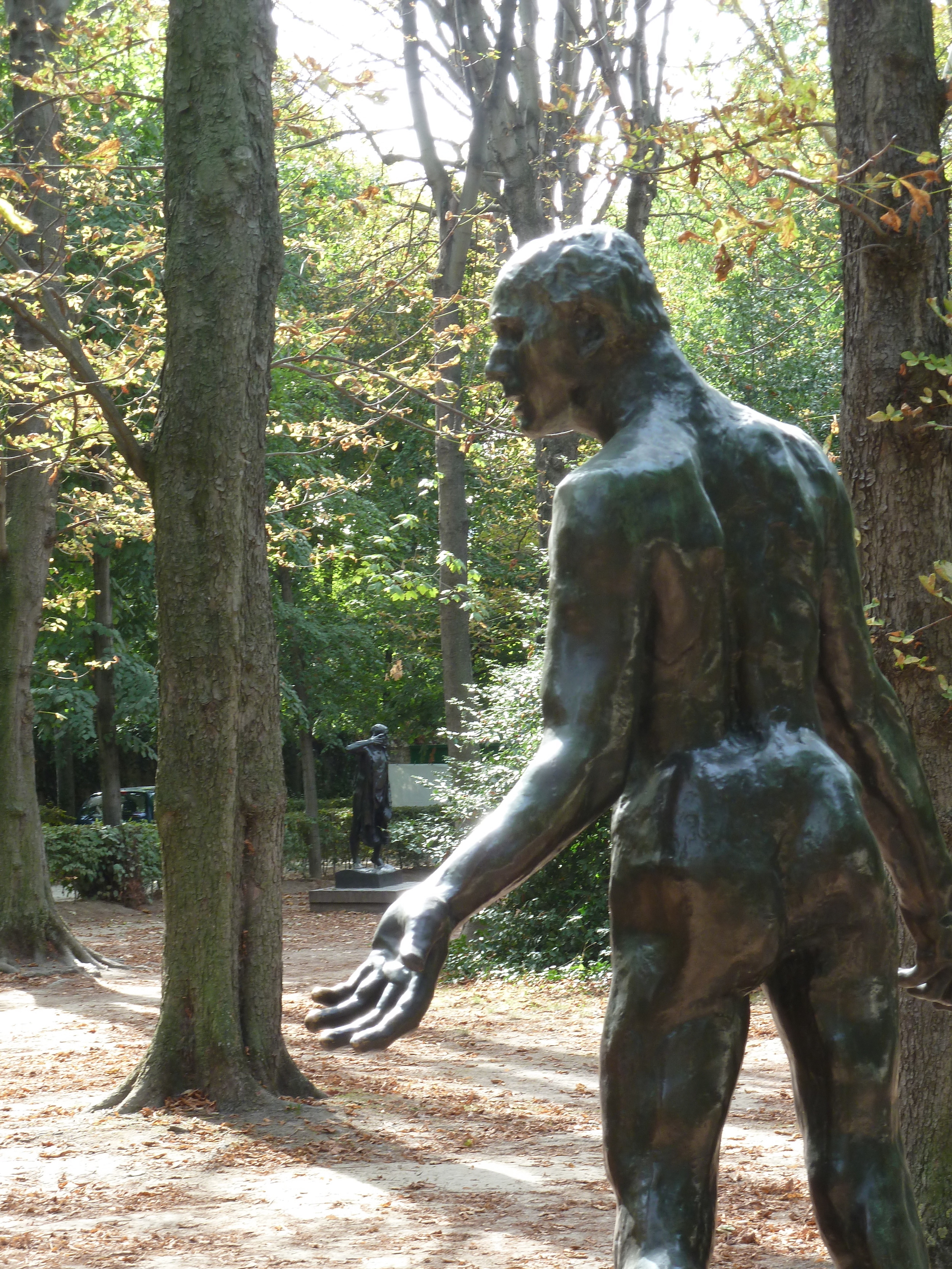I distinctly remember getting off the plane and stepping into Rome's Fiumicino airport for the first time.
I was on a school trip in November 2001. Suddenly, we were surrounded by the sounds of the Italian language.
Someone could have been arguing or talking about the disgusting infection they once had, but it certainly sounded beautiful to me.
It took me off guard and didn't make any sense, but I felt like I was coming home.
Our trip started in Rome. I realized there that my love-at-first-sound impression at the airport was not wrong. Rome was more than I ever hoped it would be. It's ancient and yet still fully alive with the vibrant pulse of people and sounds.
But when we got to Florence something I have a hard time really explaining happened. I guess you could say I just fell in love.
There are lots of places I've been now that I love and daydream about all the time.
Florence, though, was the first city that really captured my heart. It was the first time I went somewhere and wanted to live there. I wanted to experience the people, the seasons, and daily life. I still do.
So what is it about Florence? I'll do my best to explain.
It's magical to me. It's the architecture and the way the sun hits the warm colors of the buildings, making them glow. It's knowing that the it was the heart of the Renaissance and seeing the evidence of it everywhere, but still feeling the bustle of a city. Of course, during high season, a lot of that bustle comes from tourists but the city is more substantial than the sum of its tourists.

It's the quiet moments in the mornings watching deliveries or vendors put up their goods in the markets.
I stayed at a little hotel called Relais Cavalcanti twice, once in 2004 and once in 2007. It's run by two very nice sisters and is in a beautiful townhouse.
Right next to the door to the hotel is a small purse shop. The guys running it were always so happy and friendly. Whenever we passed by, we'd often hear something like "Hey! Our Canadian friends!" And then we'd get a nice smile and wave. It was such a warm way to start or end a day.

It's the way the morning quiet is so perfectly broken at a busy neighborhood café where regulars go to wake up with a pastry and a quick caffè or cappuccino.
It's also the art. Florence is home to the Uffizi, one of the oldest and greatest galleries in the world, which began housing the Medici family art in 1581.
And it's just wandering around outside, because the art goes beyond galleries.
I loved seeing David 's--ahem!--assets (I can hear you groaning, but I had to!) at the Accademia Gallery, but it's fantastic to be able to saunter by the copy in the Piazza della Signoria while soaking up the sun.

It's also the fact that there are still some artisans working in Florence who produce beautiful things.
The city is famous for leather, for example. It's pretty easy to stumble upon leather shops, factories, and market vendors, especially at the massive San Lorenzo market.

Or you can buy a bauble or two on the Ponte Vecchio.

But for me, it's paper.
Yes, paper.
I stumbled upon an Il Papiro shop on one trip. In the back, past the usual journals and cards, there were poster-sized sheets of paper that had been hand-stamped with patterns that were hand-carved from blocks of wood. Apparently it is a dying art and there are not many who make them this way anymore.
I bought two. So far, these two sheets of paper are my favorite souvenirs from all of my vacations.


It's also the Basilica di Santa Maria del Fiore, also know as the Duomo, with Brunelleschi's Dome proudly sitting atop the cathedral, surveying the city.
The dome itself is a marvel of engineering. Brunelleschi devoted most of his adult life to it. He died in 1446 when just a few decorations were being added to completely finish the dome.
No one matched his guts, passion, creativity, or know-how to make something to top the octagon of the basilica.

And that's another thing, the city feels almost optimistic because the influence of the Renaissance is still so visible. So much true genius that came from this Florence. Galileo, Michelangelo, Dante, da Vinci, Brunelleschi, Botticelli. . .it's almost as if you can feel the remnants of their creativity hum through the streets.
It's Piazza Santa Croce for a couple of reasons. The church itself is holds the tombs and monuments to many great and well-known Florentines like Dante, Michelangelo, Galileo, Machiavelli, and Enrico Fermi.


But I also love Piazza Santa Croce because I had one of my favorite meals there.
When I was on the school tour, it was with 3 other friends, a couple of parents, and our teacher. We were given a free afternoon in Florence.
Eventually my friend and I ended up in the piazza and noticed our other friend in the window of a restaurant called the Boccadama. It was the first time we had been able to choose a sit-down place to eat. Heaven! We feasted on pasta, shared a bottle of Chianti, and then ate the most incredibly decadent flourless chocolate cake I've ever had.
Maybe by now I've talked about that cake so much that it's become mythically good, but it was a day the deserves mythic status in my mind.
So, it's also the food. Simple, honest, fresh, delicious, soul-satisfying Tuscan food and wine.
One year, I overheard a woman talking about Brunello wine at a restaurant in Florence. Her take? "It's better than sex!" I think that's all I need to say about that.
And, finally, it's about strolling and discovery. I don't want to make this post about must-sees. It's about falling in love. And the best way to fall in love with a city is to relax and just walk around a bit.
I love seeing what the shops have to offer, especially the ones I can't possibly afford.


Crossing the Arno River and walking through the Boboli Gardens gave me a completely different perspective of Florence.


Most of all, however, I love when evening comes and the quiet of the morning begins to return little by little. There's nothing quite like the charm of Florence after a leisurely dinner.
Imagine walking the old cobblestone streets with a gelato in one hand, following the sights and the sounds of a street performer's music as the city continues to glow, just more softly now.
I think D.H. Lawrence said it best about falling for Italy:
For us to go to Italy and to penetrate into Italy is like a most fascinating act of self-discovery -- back, back down the old ways of time. Strange and wonderful chords awake in us, and vibrate again after many hundreds of years of complete forgetfulness.
So if you go to Florence and fall in love or feel awakened, remember to rub the snout of Il Porcellino in the Mercato Nuovo. He will ensure your return.
 People seem to like to touch other parts of Il Porcellino too. Maybe this brings you extra special powers of return, I'll have to test the theory next time.
People seem to like to touch other parts of Il Porcellino too. Maybe this brings you extra special powers of return, I'll have to test the theory next time.

































